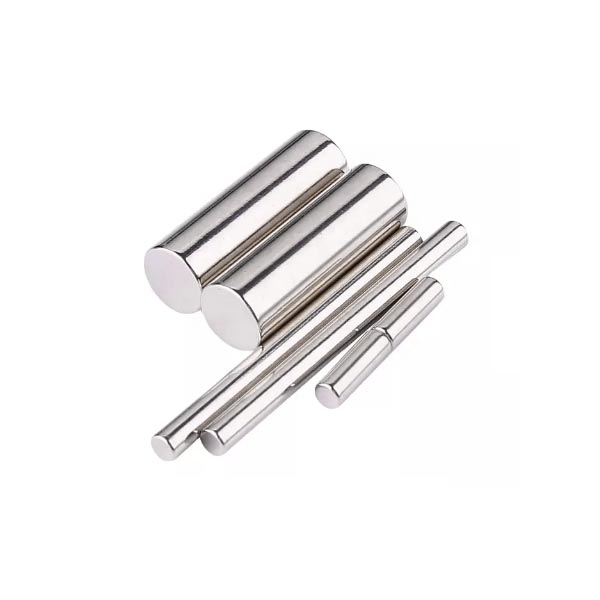Neodymium permanent magnets are widely used in various applications where a strong magnetic field is required, such as in motors, generators, and speakers. However, temperature can significantly affect their performance, and it is essential to understand this phenomenon to ensure the efficient operation and longevity of these magnets.
Neodymium magnets are composed of neodymium, iron, and boron, which are sensitive to temperature changes. As the temperature rises, the magnetic field produced by the magnet decreases, and it becomes weaker. This means that the magnet is less effective at generating and maintaining a magnetic field, which can lead to poor performance and potential failure of the device.
The decrease in magnetic performance is due to the weakening of the atomic bonds between the atoms that make up the magnet. As the temperature increases, the thermal energy breaks these atomic bonds, causing the magnetic domains to realign, resulting in a decrease in the overall magnetic field. Above a certain temperature, called the Curie temperature, the magnet will lose its magnetization completely and become useless.
Moreover, temperature changes can also cause physical changes in the magnet, leading to cracking, warping, or other forms of damage. This is particularly true for magnets that operate in harsh environments, such as those exposed to high humidity, shock, or vibration.
To mitigate the effects of temperature on neodymium magnets, several strategies can be employed. These include selecting the appropriate magnet grade, designing the device to minimize temperature fluctuations, and implementing specialized coatings and insulation to protect the magnets from the environment.
Choosing the right magnet grade is critical to ensuring optimal performance under specific temperature conditions. For instance, magnets with higher maximum operating temperatures have a higher tolerance to heat and can maintain their magnetic properties at elevated temperatures.
In addition, designing the device to minimize temperature fluctuations can help reduce the stress on the magnet, therefore prolonging its lifespan. This can include implementing a thermal management system, such as cooling or heating elements, to maintain a stable temperature inside the device.
Finally, the use of specialized coatings and insulation can protect the magnets from harsh environmental conditions, such as moisture and vibration. These coatings and insulation can provide a physical barrier that prevents the magnet from being exposed to harmful elements, thus reducing its vulnerability to damage.
In conclusion, the temperature has a significant impact on the performance of neodymium permanent magnets, and it is essential to consider this factor when designing devices that incorporate these magnets. Selecting the appropriate magnet grade, minimizing temperature fluctuations, and using specialized coatings and insulation are some of the strategies that can effectively mitigate the effects of temperature on neodymium magnets.
If you you are finding Arc magnet factory you should choose Fullzen. I think under the professional guidance of Fullzen, we can solve your neodymium arc magnets and other magnets demands.Also,we can provide large neodymium arc magnets for you.
If You Are in Business, You May Like
Recommend Reading
Your Custom Custom Neodymium Magnets Project
Fullzen Magnetics has more than 10 years of experience in the design and manufacture of custom rare earth magnets. Send us a request for quote or contact us today to discuss your project's specialty requirements, and our experienced team of engineers will help you determine the most cost effective way of providing you with what you need.Send us your specifications detailing your custom magnet application.
Post time: May-22-2023



